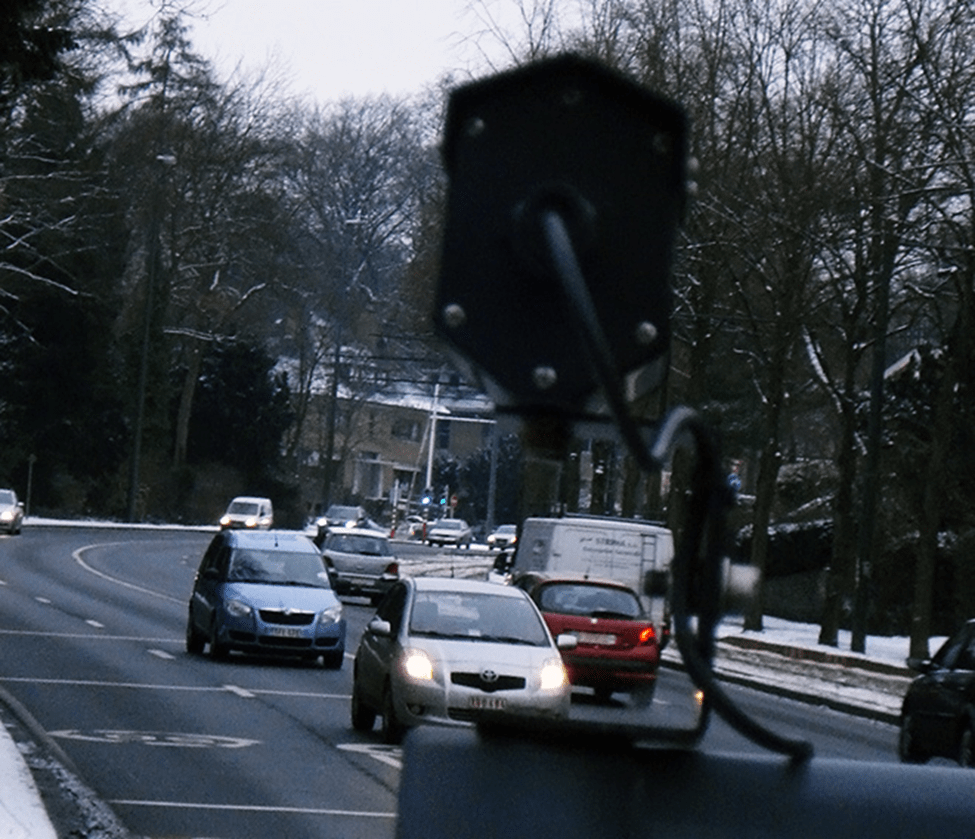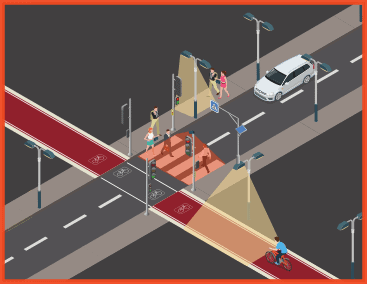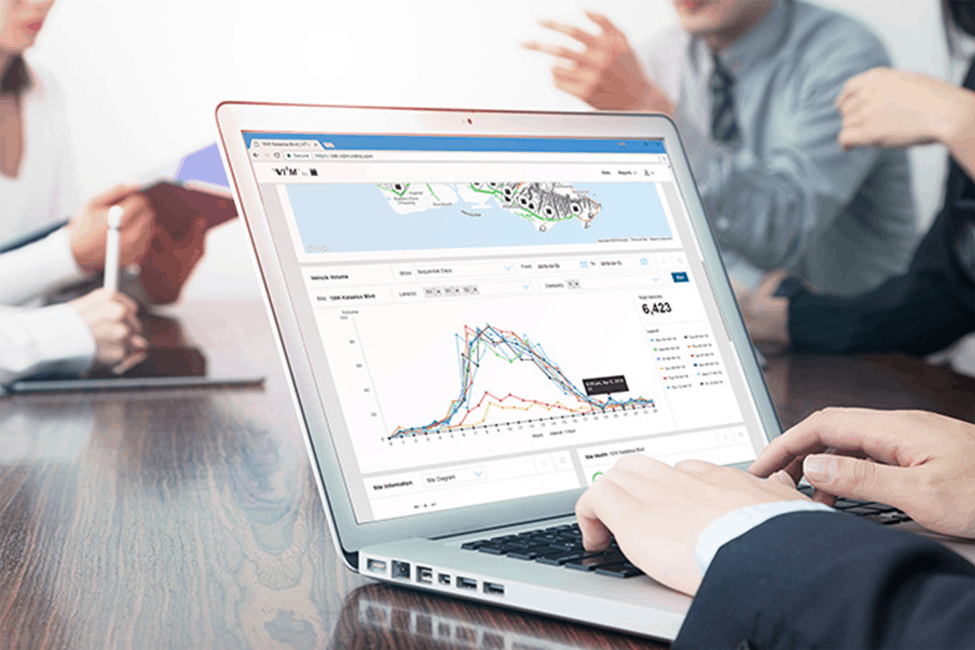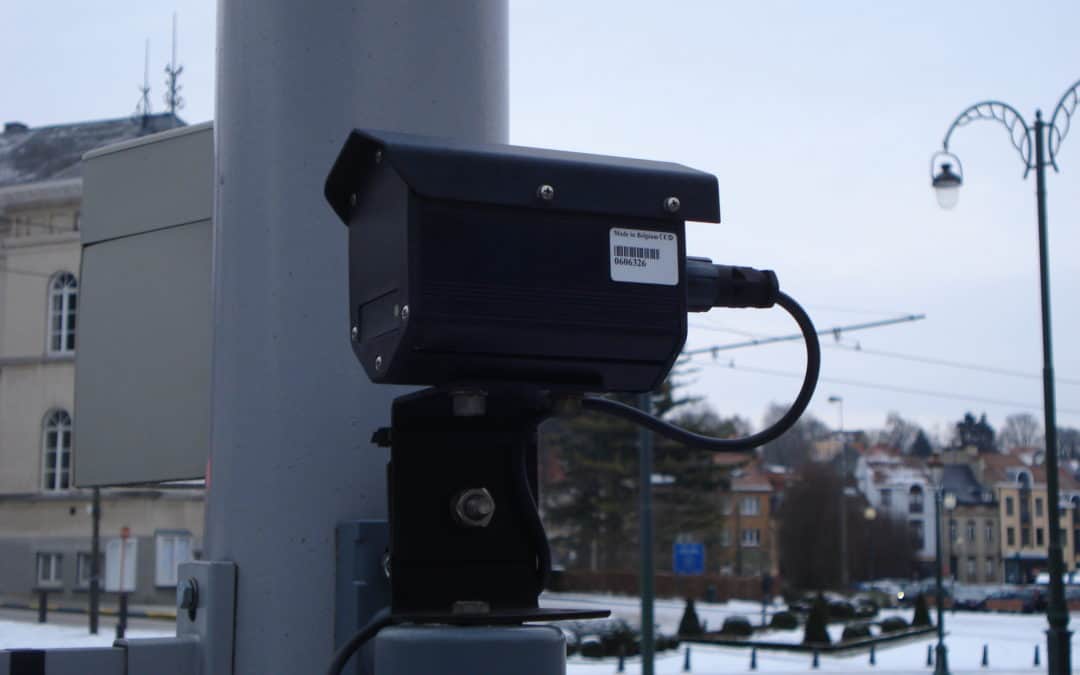By Bob McQueen
Advisor, International Road Dynamics
Can a city be smart without sensors?
There is a lot of discussion about Smart cities and while the subject goes beyond transportation, it is obvious that smart transportation plays a crucial role in a smart city. For example, there is no point in a factory being smart if you cannot get to it, or there is difficulty in getting raw materials in and finished goods out. Moving products and people is an enormous component of the economy with about 29% of the energy we consume in the US going into propelling our transportation systems. 1
Therefore, smart, effective, efficient transportation is a key part of a smart city program. There has also been some discussion about a formal definition of a smart city and, in the absence of an agreed national definition, I offer the following, “You know your city is smart when you poke it with a stick and it reacts appropriately.” This rather flippant definition has an underlying logic. Firstly, when you poke it with a stick, your smart city should be able to sense that it has been poked. Secondly, your smart city should also have the intelligence to develop appropriate reactions to the stimulus. Therefore, smart cities need sensing and intelligence. You could also go as far as to say that intelligence without sensing would be a misguided investment.
So, the answer to the question is “no”. It is not possible for a city to be smart without traffic sensors.

Sensor integration and data collection
Our belief is that a really smart approach to smart city transportation would involve the coordinated use of traffic sensors to support traffic control, traffic management and other functions within a smart city. These include travel information and support for connected citizens and visitors among others. All the data from multiple traffic sensors would be stored in a central repository that would shine the maximum amount of light on the prevailing transportation conditions and the current demand for transportation in the smart city.
There is a wonderful opportunity for traffic signal detection systems to play a dual role in providing the raw data to optimize traffic signal timings, while also providing valuable inputs into the wider smart city data source. IRD’s Icoms traffic sensors were developed to seamlessly integrate with intelligent transportation systems. There’s no need for agencies to adopt new electronics systems to bring non-intrusive sensing into their smart city framework.

Smart data management
Here at IRD, we know that the needs of the customer come first. There is a balance between what needs to be done and how it can be done. We have always believed that our customers are the experts in what needs to be done and the challenges to be addressed. Given our long history of working with advanced technologies in transportation, we can justifiably claim to be experts on how to do it. Working together, we can carefully align needs, issues, problems, and opportunities, with the capabilities of current and emerging technologies.

We have also been paying some attention to the emerging need for data management within our client organizations and this applies to smart cities. Our belief is that smart cities need smart data management. What do we mean by smart data management? Smart data management involves the coherent approach to the collection of data, the conversion of data to information, the use of information to develop insight and understanding, and the definition of appropriate responses and strategies in the light of the new insight and understanding.
As the need for Smart data management emerges, IRD will develop smart data management approaches that complement our innovative sensor products by supporting the entire spectrum of activities from data to action.
Smart data management will also act as a coherent force within multi-project smart city initiatives. This will ensure that opportunities for sensor data sharing can be achieved and the common benefits across different projects identified and realized. This will also help prevent the smart city initiative from being reduced to a disjointed collection of public relations exercises. While it is important for the public to view smart city technologies positively, coherence and investment optimization are also critical, especially in the early stages of smart city programs.
Conclusions
Of course, it would be inaccurate to say that even the best sensors available today are perfect. It is not the intention of this article to claim that, but rather to establish a definition of perfection so that we may collectively work towards it. As my grandmother used to say, to get what you want there are two important steps. First, you need to determine what it is that you want. Second, it is necessary for you to ask for it. It is hoped that this article will help us on the way to determining what we want and encourage us to ask for it in traffic signal control and smart cities detection and sensor systems.
References
[1] U.S. Energy Information Administration, Monthly Energy Review, April 2018, preliminary data
Originally published on IRD’s blog: https://www.irdinc.com/blog/details/detection_perfection__part_2.html

